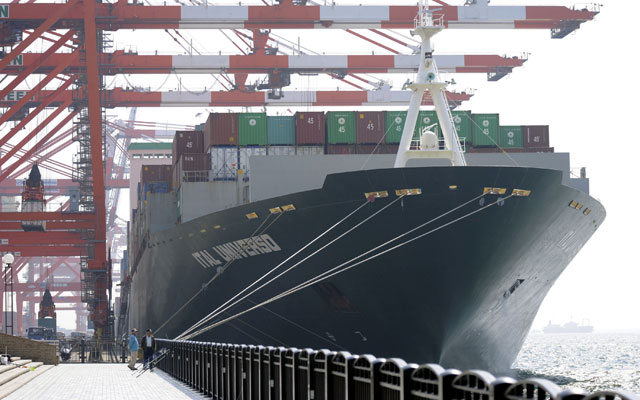The latest trade deficit figures are out, and, as always, most reports fail to accurately explain what these numbers mean. Consider the following widely reported statement:
A narrower trade gap boosts growth because it means U.S. companies are earning more from overseas sales while U.S. consumers and businesses are spending less on foreign products.
The assertion that a narrower trade gap boosts growth is easy to disprove. In recent years, our economy has performed better when the trade gap increases than when it narrows.
For example, Heritage Foundation calculations based on Bureau of Economic Analysis data show that in 2008 the trade deficit declined by 24 percent. Based on the “trade deficits are a drag on the economy” theory, our economy should have taken off. But real gross domestic product (GDP) shrank by 3.1 percent.
By contrast, in 2009 the trade deficit (measured in inflation-adjusted dollars) increased by 18 percent. If the trade deficit is a drag on economic growth, then our economy should have declined even more. But although the economy continued to underperform, real GDP actually increased by 2.4 percent.
During the past 10 years, whenever the trade deficit increased, real GDP always increased—on average by 2.7 percent. But when the trade deficit decreased, real GDP did not boom—in fact, it increased on average by less than one-tenth of 1 percent.
To be fair, many reporters rely on economic “experts” who claim that trade deficits are bad for the economy. Because of the way GDP is calculated, exports add to GDP and imports subtract, which causes the confusion. Even so, GDP rises with the trade deficit. A strong economy—productivity, personal income, and so on—lifts both GDP and our demand for imports while a weak economy harms both.
The recently released 2013 Index of Economic Freedom, published by The Heritage Foundation and The Wall Street Journal, shows that countries with low trade barriers are much more prosperous than those that restrict imports. That’s the type of news reporters should share when discussing the impact of trade.
